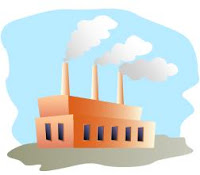Q & As
Q1: What is a political party?
Answer: A political party is a group of people who come together and participate in political campaigns, contest elections, form and run governments by holding power in the government.
Q2: What are the components of a political party?
Answer: A political party has following three components:
- the leader
- active members
- followers
Q3: State the various functions political parties perform in a democracy?
Answer: Main functions performed by a political party are:
- It agrees collectively on various social policies and promote its programmes.
- It seeks to implement these policies by winning public support through political campaigns.
- It participates and contest elections.
- It plays a decisive role in law making.
- It plays a role of opposition and exercise check on the government (or ruling party).


















